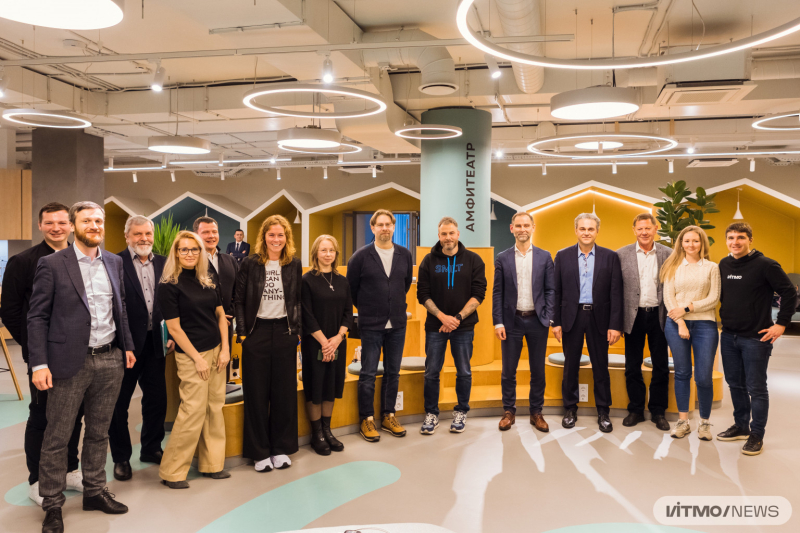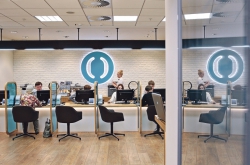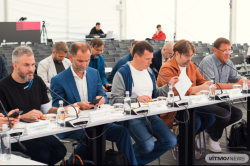The Supervisory Council is one of ITMO’s main administrative bodies; its members hold many responsibilities, such as contributing to and approving the university’s development strategy, making changes to the charter, and planning ITMO’s financial and economic activities. In order to make effective decisions, an organization must seek guidance from a team of top representatives of the government and business. In that regard, ITMO has succeeded.
In late 2022, the university revised the council’s member line-up. More than half the seats at the table are taken by business representatives and the first session has already proved that these people aren’t there to merely observe; their goal is to take an active part in the university’s development. The new council is now more reminiscent of a corporate board of directors than an academic supervisory body. Among its members are such major figures as Alexander Krainov, the director for development of artificial intelligence technologies at Yandex; Maksim Spiridonov, a founder of Netology; Anton Elistratov, the CEO of Samolet Group; and Olga Filatova, an independent member of the board of directors at HeadHunter.
The Russian Ministry of Science and Higher Education is represented on the council by Daria Kiryanova, the Deputy Minister, and Oleg Churilov, the head of the Department for Development of Technology Entrepreneurship and Transfer. Also among the members are Andrey Belevtsev, the Director for Digital Transformation at Gazprom Neft, and Elena Fedorova, the head of Rosimushchestvo in St. Petersburg and Leningrad Oblast.
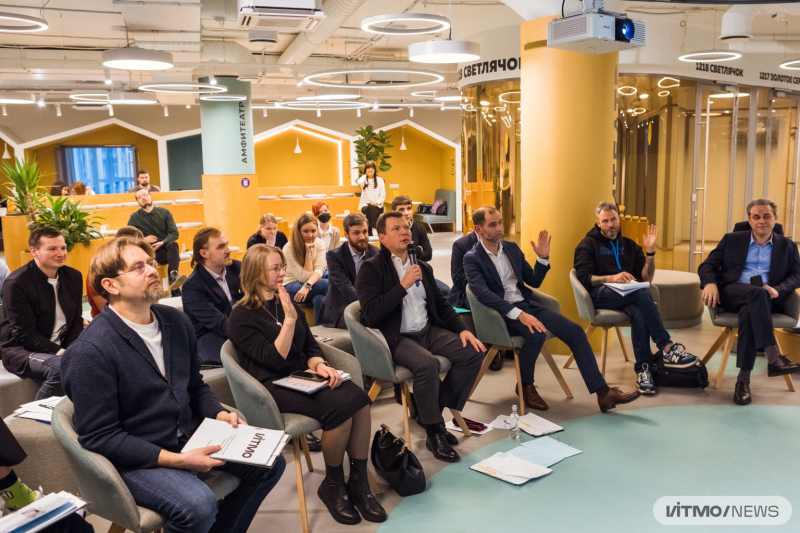
ITMO's Supervisory Council. Photo by Dmitry Grigoryev / ITMO.NEWS
In addition to the permanent members, the first session featured several guest experts: Alexei Kudrin, a corporate development advisor at Yandex (and former Deputy PM) and Ilya Dementyev, the rector of Gazprom Neft Corporate University. The session was moderated by Sergei Kulikov, the chairman of the board at RUSNANO.
As pointed out by Ms. Kiryanova, bringing together specialists from different fields as part of the council will help significantly improve the processes occurring at the university. And in the future, the resulting practices could be applied at other Russian educational institutions:
“What’s unique about ITMO is that it’s managed by an expert community populated with influential voices. You have effective practices that need to be studied so that other universities, especially ones working on technological projects important for the nation, could make use of these practices and involve businesses in their internal transformation, working together on educational programs and other initiatives.”
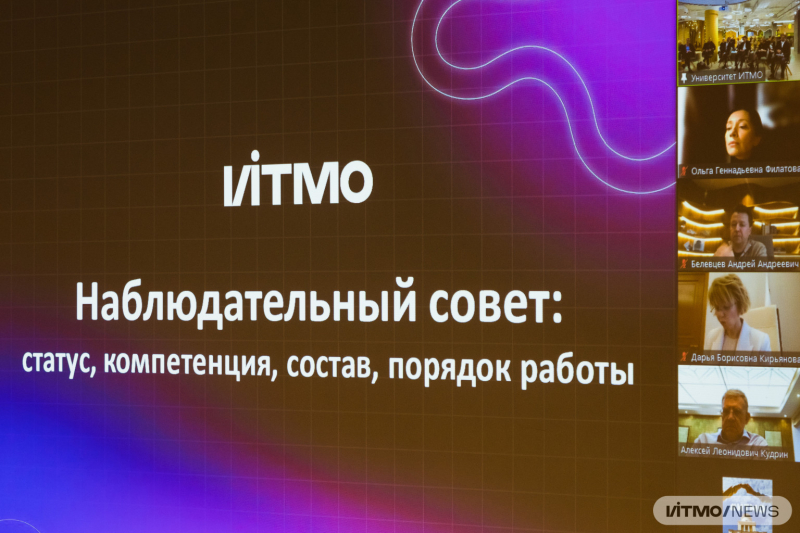
Participants joining the meeting online. Photo by Dmitry Grigoryev / ITMO.NEWS
New collaboration models
This past summer, ITMO announced its transition to a new model – that of a research and educational corporation. This entails the development of new educational programs and formats in close collaboration with industrial partners, as well as active development of business partnerships and creation of joint products together with the country’s top companies.
Together with Tatneft and Almetyevsk State Oil Institute, the university is already working on a Master’s program in AI and biotechnologies; at the same time, ITMO’s Research Center “Strong AI in Industry'' has joined SberMobile, Huawei, and Gazprom Neft in developing IT solutions. Also in collaboration with Gazprom Neft, ITMO is launching an innovative industrial center in St. Petersburg that will develop sensors, robots, drone control systems, computing systems, and other digital solutions for the oil and gas industry.
In 2010, ITMO spent an average of 250,000 rubles on training for one student; by 2022, that number has almost tripled, reaching 740,000. But even that’s not the limit: by 2030, the university plans to spend a million rubles per student.
ITMO also holds the second place in terms of R&D profit per member of academic staff. This metric, which was measured at 690,000 rubles per staff in 2010, has leaped to 5 million rubles by 2022. By 2030, this number is expected to reach 8.5 million.
In order to train new scientists and involve them in fundamental and applied research, it’s important to motivate Bachelor’s students to continue their studies – which ITMO is succeeding at. Over the course of 12 years, the university boosted its Master’s admission numbers by 4.5 times (from 673 to 3,182 students) and plans to reach the 4,000 milestone by 2030.
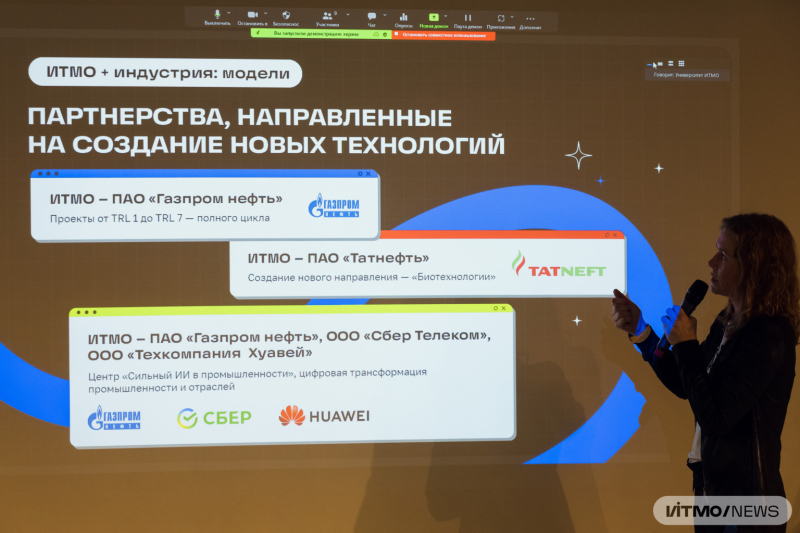
Photo by Dmitry Grigoryev / ITMO.NEWS
According to Daria Kozlova, ITMO’s First Vice Rector and head of its 2030 Development Strategy, the university’s goal for 2030 is to increase its budget to 20 billion rubles – with 60% of the sum coming from businesses. To that end, ITMO will need to seek out new models for collaboration with business.
In Dr. Kozlova’s words, in order for the university to strengthen and expand its industry ties, it is of critical importance to understand which models would be the most effective. Traditionally, companies that already have a technical design for a product or service would come to a university for expertise. Such cases aren’t about joint creation or joint design from scratch, but a standardized project and a customer-executor relationship.
Another kind of collaboration with business is the partner-partner model, where the university and the industrial partner act as equal players, jointly defining research objectives and developing new products and technologies. This approach allows both partners to target long-term business goals and develop solutions of the future, expanding the expertise of ITMO faculty to a whole new level.
“We don’t have the goal of attracting a lot of projects inside ITMO. Instead, we are building a corporation: we believe that the system that will allow us to grow dynamically is one where we launch new legal entities outside the university but related to it. This will be a system of satellites that will support the university’s development, while creating jobs for ITMO students and industry representatives. We are ready to build an open system of small and medium enterprises around ITMO, because we see it as an integral step in our transition from a university to a research and educational corporation,” said Daria Kozlova.
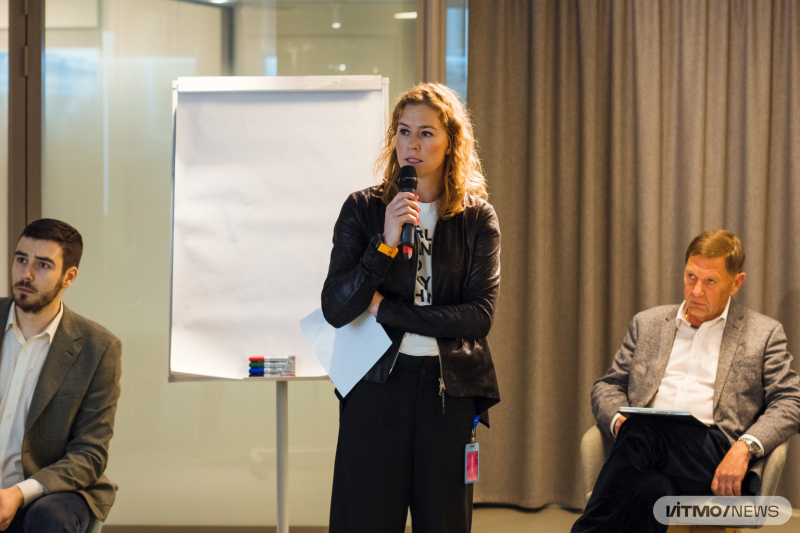
Daria Kozlova. Photo by Dmitry Grigoryev / ITMO.NEWS
This approach follows in line with the university’s open-source policy: the ambition to allow the university’s projects to grow beyond its walls and develop freely in new formats.
Olga Filatova, an independent member of the board of directors at HeadHunter, suggested another curious business-university interaction format – something like a business to science Tinder.
“First, there has to be a match between how and when a company implements innovations and sets out budget strategies and their stages. Then, IT solutions can connect the company’s and the university’s expert networks. This will allow us to clearly see who is responsible for what and who can be approached with a specific issue. Third, the parties will need to agree on the framework for engaging ITMO’s experts into the business processes behind innovations. This way, the participants will share ideas in fruitful discussions. Finally, we will have to find a way to implement this in terms of employment: such collaborations can be accomplished within internships or civil contracts,” explained Olga.
Rector of Gazprom Neft Corporate University Ilya Dementiev believes that there is no need to focus specifically on client-contractor or partner-partner relations, as they are not universal. Instead, it is important to combine different approaches and seek those that will work in each individual case.

Ilya Dementiev. Photo by Dmitry Grigoryev / ITMO.NEWS
“One of ITMO’s strengths is the opportunity to quickly and easily experiment with interaction models, learning from experience along the way. In my opinion, versatility should be one of the main approaches in today’s collaborations with business: you need to be able to adapt to working with major and smaller companies,” he added.
One way to find common ground with major businesses is by developing products that can prove to be highly beneficial to a company, even if not falling directly into its expertise. Another way is anticipating the industry’s needs so that by the time the audience develops a demand for something, you will be ready to quickly develop and supply a product to meet it.
“Such products may take different forms, the best one being open-source solutions. If you make a product available to everyone on the market, major companies will happily pay for its customizations and add-ons. This will give you an important advantage,” said Alexander Krainov, the director for development of artificial intelligence technologies at Yandex.
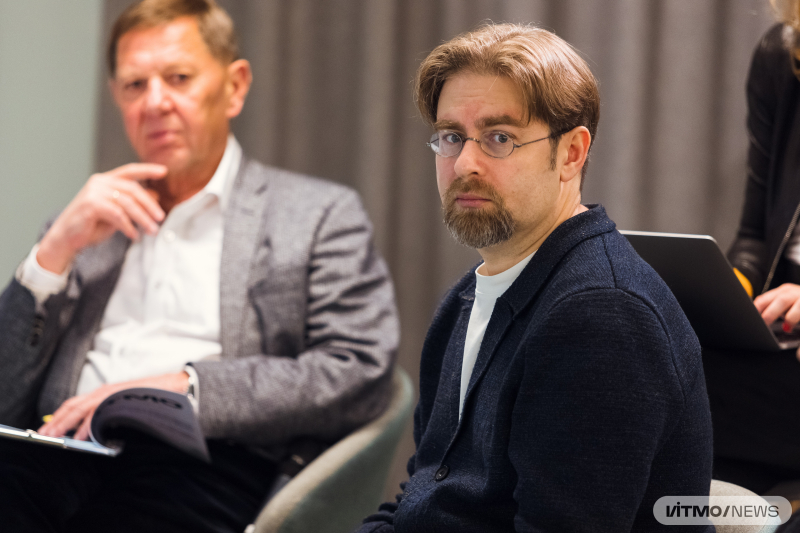
Alexander Krainov. Photo by Dmitry Grigoryev / ITMO.NEWS
One famous open-source product these days is ChatGPT launched in late 2022 by OpenAI. The bot can hold intelligent conversations, write tests, and even pass school tests. ChatGPT started out back in 2019, when Microsoft invested $1 billion in OpenAI. Then, combining another open-source algorithm, this time for audio compression, with approaches from open-access publications, Microsoft launched its own open-source software – VALL-E. It’s an AI that can use a 3-second voice sample to synthesize human speech and “read out” texts.
“Even though the world’s top companies are each other’s competition, they still collaborate – for instance, by using each other’s open-source products and information from scientific conferences. This approach allows them to develop significant innovations within 2-3 months. I think this is something to learn from,” agreed Andrey Belevtsev, the senior vice president at Sberbank.
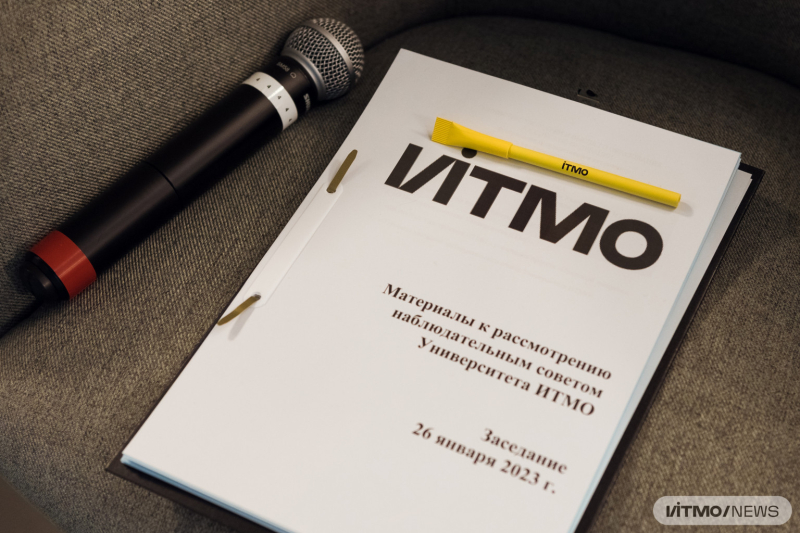
Photo by Dmitry Grigoryev / ITMO.NEWS
Regardless of the chosen interaction strategy, however, the university will have to come up with a way to evaluate the efficiency of its business collaborations. Oleg Churilov, a representative of the Ministry of Science and Higher Education, suggested that some of the metrics to this aim could be the number of legal entities created by the university in collaboration with its industrial partners, as well as the volume of investments into product development made by both parties. According to the expert, a joint legal entity demonstrates the university’s readiness for long-term collaboration on strategic projects.
The council members concluded their discussion by agreeing that ITMO has to focus on a product-based approach when developing joint projects with industrial partners, as well as continue seeking out new business interaction models. At the same time, the university has to create a clear roadmap for businesses that want to enter it – something like a guide for companies wishing to establish their collaboration with ITMO to develop solutions for their problems or work on joint projects.
ITMO.NEWS editorial team
